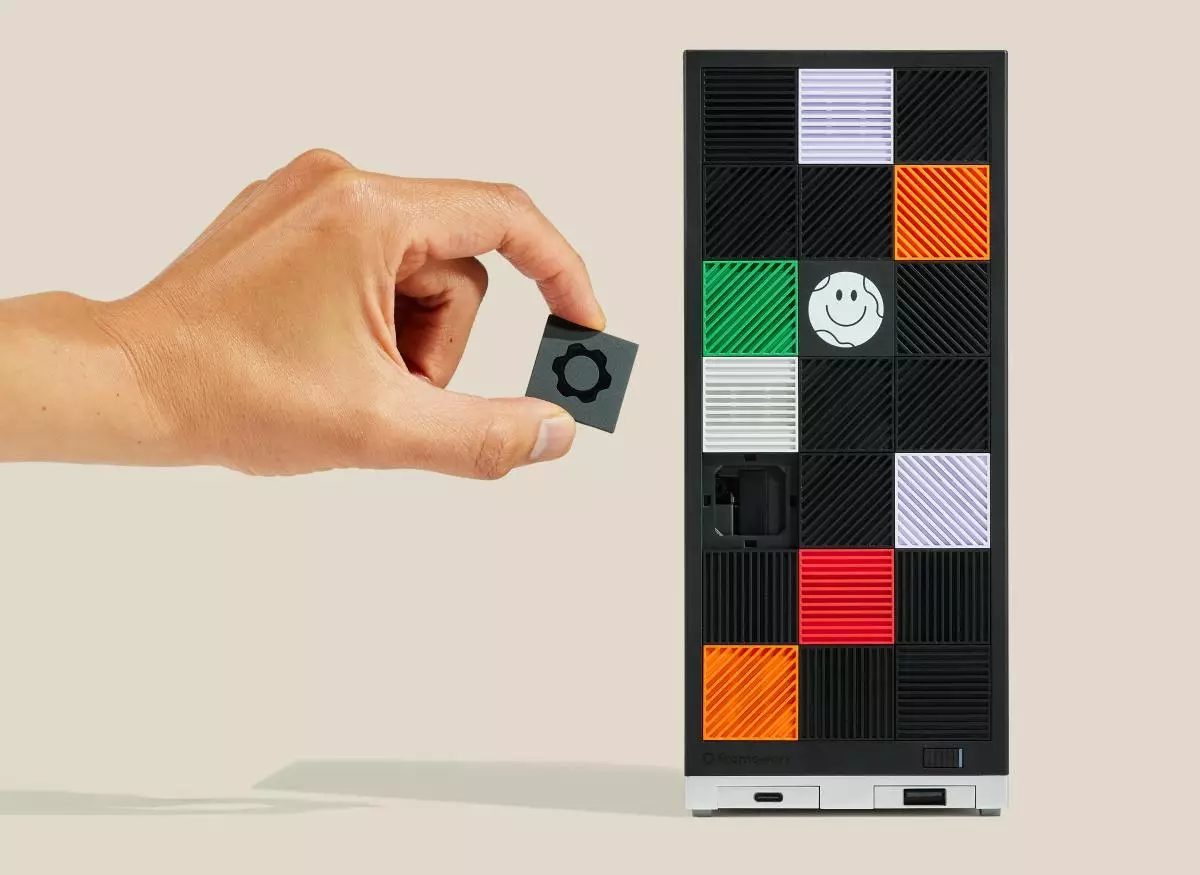Framework, renowned for its commitment to sustainable and repairable technology, has taken a bold leap into the desktop computer arena with the unveiling of its first-ever desktop model. This isn’t just any desktop; it’s a compact yet robust PC designed to cater to gamers and tech enthusiasts who require high-performance computing in a small footprint. With a design philosophy rooted in modularity, the Framework Desktop aims to challenge traditional desktop configurations and provide users with both customization and power.
At the heart of the Framework Desktop lies AMD’s innovative Strix Halo architecture, which incorporates the Ryzen AI Max processors. This architecture aims to deliver intense processing capability—an essential feature for users engaged in resource-intensive tasks such as gaming or running cutting-edge language models. With this new architecture, Framework is positioning itself at the forefront of technology trends, appealing to a demographic that values both performance and future-proofing.
Impressive Form Factor
While the internal specifications of the Framework Desktop are impressive, the external design is equally compelling. Its footprint is a mere 4.5 liters, making it significantly smaller than gaming consoles like the PlayStation 5 or Xbox Series X. This design not only enhances portability but also challenges the conventional notion that powerful desktop PCs must occupy significant physical space. The device features an interchangeable front panel with 21 unique plastic tiles, allowing users to infuse their personalities and tastes into their setups, a brilliant nod to consumer customization.
Expansion Cards: A Modular Approach
In true Framework fashion, the Desktop includes the company’s signature expansion cards—two located at the front and two at the back. This modular approach allows for customization beyond the basic configuration, offering users the opportunity to add ports for USB-C or USB-A, headphone jacks, SD card readers, and even storage expansion cards. Such flexibility is a rarity in desktop computing today, providing users not just a machine but an evolving platform that can adapt as their needs change.
Under the Hood: Performance Specs
Diving deeper into its specifications, the Framework Desktop is powered by a mainboard featuring an AMD accelerated processing unit (APU), along with a fan, heat sink, power supply, and two NVMe SSD slots for storage. The two configurations offered—AMD Ryzen AI Max 385 and AMD Ryzen AI Max+ 395—present compelling options depending on user needs. The higher-end variant boasts 16 CPU cores and 40 graphics cores, while the entry-level model provides a respectable 8 CPU cores.
However, a notable point of contention arises with RAM options. Framework offers 32GB to 128GB of LPDDR5x soldered-in RAM—which means upgradability in the future is impossible. This design choice is rooted in technical constraints necessary to maximize the APU’s performance, as articulated by CEO Nirav Patel. While some may find this limitation restricting, it opens doors for enhanced memory bandwidth, unlocking capabilities for running demanding applications smoothly.
For AI practitioners, the unified memory provided in the Framework Desktop significantly enhances its value. It allows advanced models like Llama 3.3 70B to operate seamlessly using various open-source tools, making it a compelling option for data scientists and developers working on local AI workloads. With the capacity to effectively utilize frameworks like Ollama and llama.cpp, the desktop is poised to cater to a growing community focused on local computations and machine learning applications.
With pricing set at $1,099 for the base model and extending to $1,999 for the high-end version, Framework offers an intriguing entry into a competitive market dominated by brands focusing solely on high-performance desktops. The versatility and unique features of the Framework Desktop position it well among a base of customers looking for customized solutions.
With the Framework Desktop, the company is not just introducing a new product but is setting a precedent for what the future of desktop computing can and should look like. By combining advanced technology, modular designs, and a focus on user customization, Framework is pushing to redefine consumer expectations in the desktop niche. While it may take time for the market to fully embrace this innovative approach, it is undeniable that the Framework Desktop stands as a significant achievement in modern computing.

